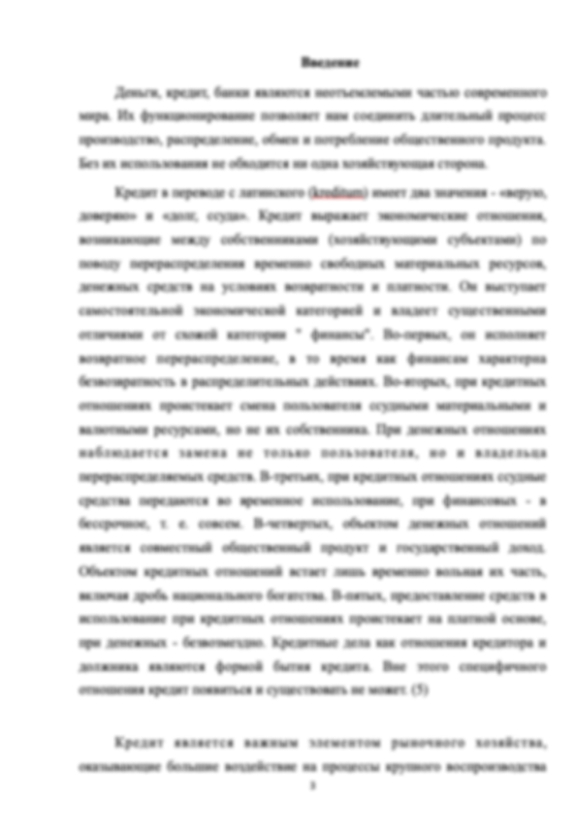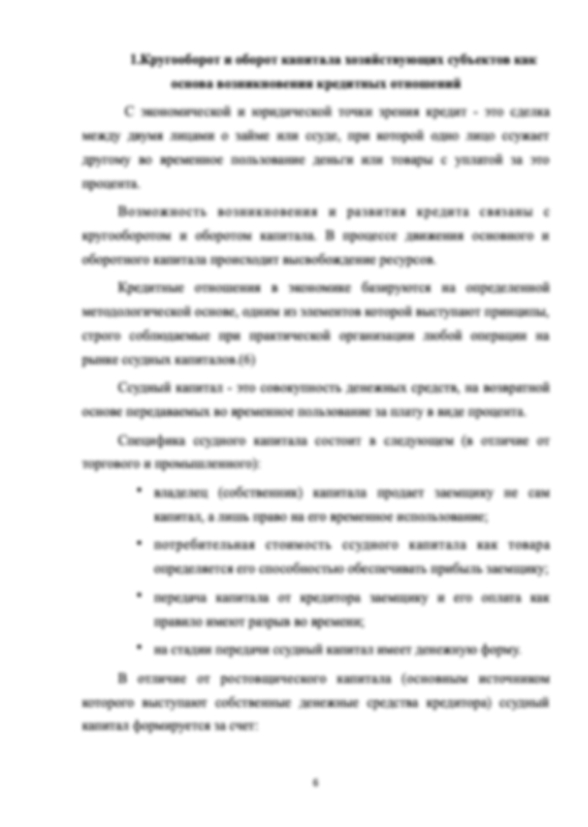Отличная работа. Очень помогли!
Информация о работе
Подробнее о работе

US money laudering law
- 11 страниц
- 2016 год
- 68 просмотров
- 0 покупок
Гарантия сервиса Автор24
Уникальность не ниже 50%
Фрагменты работ
Introduction
US laundering law emerged having been stimulated by terrorist attacks, which caused the government to have introduced the first act and the two following. However, it would be irrelevant to say that in the nowadays world of globalisation and various crimes, only terrorism is related in the given question. Money laundering is a wide-spread case of international importance, and every country introduces its own system of preventing if. Money laundering has a wide range of negative consequences, for instance, corruption. Therefore, the relevance of the given research is due to importance of studying other country’s ways of anti-money laundering.
The goal of the given research is to examine US laundering law. To achieve it, we have distinguished the following objectives:
- to define money laundering and it consequences;
- to study The bank secrecy Act of 1970, The Money Laundering Control Act of 1986 and PATRIOT Act of 2001;
- to look at Currency Transaction Report;
- to study FinCEN in means of US money laundering law.
Therefore, the object of the research is money laundering law, whereas the subject is understood as the U.S. money laundering law.
US Money Laundering Law
1.1 Money Laundering
Anti-money laundering (AML) is a term mostly used in the financial and legal industries to explain the legal controls that call for financial institutions and additional regulated entities to prevent, stop, detect, and report money laundering activities. On the other hand, money laundering is the attempt to disguise the proceeds of illegal activity so that they appear to come from legitimate sources or activities. It can and does take many forms; it typically occurs in three stages [Doyle 2012]. Placement is the stage in which funds derived from illegal activities are introduced into the financial system anywhere in the world. Layering involves conducting one or more transactions designed to disguise the audit trail and make it more difficult to indentify the initial source of funds. Finally, integration is the stage in which the funds are distributed back to the money launderer in what appear to be legitimate transactions.
Although money laundering is often equated with drug trafficking, the proceeds of many crimes can be associated with it. These include, but not limited to, financial fraud, computer crimes, alien smuggling, illegal arms sales, foreign official corruption, exchange control violations, illegal gambling and terrorist financing. Measuring the current scale of money laundering is extremely difficult. The World Bank and International Monetary Fund estimated the volume of money laundering to be between three and five percent of global gross domestic product (GDP), equivalent to approximately from 2.17 to 3.61 trillion annually.
The Financial Crimes Enforcement Network (FinCEN), a bureau of the U.S. Treasury Department, was established in 1990 be Treasury Order 105-08. Its mission is to safeguard the financial system from abuses of financial crime. It is the Financial Intelligence Unit (FIU) of the United States, formed to support law enforcement and the financial community in the fight against money laundering, terrorist financing and other financial intelligence to law enforcement without overburdening the financial community or compromising the privacy of individuals.
While FinCEN relies primarily on federal functional regulators to examine financial institutions and enforce AML compliance, the regulators look to FinCEN for guidance in the implementation of the BSA and USA PATRIOT Act. FinCEN has issued regulations, in concert with federal functional regulators and the Internal Revenue Service (IRS), related to BSA and AML compliance. FinCEN may issue enforcement actions for violations of the BSA and USA PATRIOT Act through its Office of Enforcement jointly or unitarily. The Office of Enforcement evaluates enforcement matters, including the assessment of civil money penalties.
US money laundering is based upon three chief acts, namely The bank secrecy Act of 1970, The Money Laundering Control Act of 1986, PATRIOT Act of 2001, every of which include its own features and peculiarities. Traditionally the job of fighting crime has focused on solving crimes. However, since the 1990s, crime fighters have also sought to deter criminals by paying more attention to the confiscation of proceeds of crime. And more recently, with the introduction of unusual or suspicious transaction reporting by the regulated sector, often the flow of money or goods is investigated even before a criminal offence has been detected. The main U.S. AML laws and regulations are the Bank Secrecy if 1970 (BSA) and the Uniting and Strengthening America by Providing Appropriate Tools Required to Intercept and Obstruct Terrorism Act of 2001 (mostly known as the USA PATRIOT Act).
Introduction 3
US Money Laundering Law 4
1.1 Money Laundering 4
1.2 The bank secrecy Act of 1970 5
1.3 The Money Laundering Control Act of 1986 7
1.4 The USA PATRIOT Act 9
Conclusion 10
Bibliography 12
Conclusion
Money laundering is the attempt to disguise the proceeds of illegal activity so that they appear to come from legitimate sources or activities. It can and does take many forms; it typically occurs in three stages. Placement is the stage in which funds derived from illegal activities are introduced into the financial system anywhere in the world.
Although money laundering is often equated with drug trafficking, the proceeds of many crimes can be associated: financial fraud, computer crimes, alien smuggling, illegal arms sales, foreign official corruption, exchange control violations, illegal gambling, terrorist financing and so on and so forth.
The Financial Crimes Enforcement Network (FinCEN), a bureau of the U.S. Treasury Department, was established in 1990 be Treasury Order 105-08. Its mission is to safeguard the financial system from abuses of financial crime. It is the Financial Intelligence Unit (FIU) of the United States, formed to support law enforcement and the financial community in the fight against money laundering, terrorist financing and other financial intelligence to law enforcement without overburdening the financial community or compromising the privacy of individuals.
While FinCEN relies primarily on federal functional regulators to examine financial institutions and enforce AML compliance, the regulators look to FinCEN for guidance in the implementation of the BSA and USA PATRIOT Act. FinCEN has issued regulations, in concert with federal functional regulators and the Internal Revenue Service (IRS), related to BSA and AML compliance. FinCEN may issue enforcement actions for violations of the BSA and USA PATRIOT Act through its Office of Enforcement jointly or unitarily.
The U.S. money laundering law is based upon three chief acts, namely The bank secrecy Act of 1970, The Money Laundering Control Act of 1986, PATRIOT Act of 2001, every of which include its own features and peculiarities. The BSA consists of two parts: Title I Financial Recordkeeping and Title II Reports of Currency and Foreign Transactions. Title I authorizes the Secretary of the Department of the Treasury (Treasury) to issue regulations, which require insured financial institutions to maintain certain records. Title II directed the Treasury to prescribe regulations governing the reporting of certain transactions by and through financial institutions in excess of 10,000 into, out of, and within the U.S. The Money Laundering Control Act (MLCA) of 1986 makes it a federal crime to launder proceeds from specified unlawful activity. In enacting federal legislation criminalizing the laundering of illicit proceeds, Congress was responding to the spiraling growth and pervasiveness of money laundering in the United States and the nexus between money laundering and organized crime. Finally, the USA PATRIOT Act established a host of new measures to prevent, detect, and prosecute those involved in money laundering and terrorist financing.
Bibliography
1 Doyle, Ch. (2012) Money Laundering: An Overview of 18 U.S.C. 1956 and Related Federal Criminal Law. Congressional Research Service. February 8.
2 Gurule, J. (1995). The Money Laundering Control Act of 1986: Creating a New Federal Offense or Merely Affording Federal Prosecutors an Alternative Means of Punishing Specified Unlawful Activity? Scholarly Works. Paper 21.
3 Panetta, T. The USA PATRIOT Act. HUMAN RIGHTS & HUMAN WELFARE. Pp. 163-182. [online resource] http://www.du.edu/korbel/hrhw/researchdigest/terror/patriotact.pdf [visited on 20.05.2016].
4 Welling, S. (1989). Money Laundering, and the Federal Criminal Law: The Crime of Structuring Transactions. 41 FLORIDA LAW REVIEW.
5 Williams, I., Whitney, J. (2004). FEDERAL MONEY LAUNDERING: CRIMES AND FORFEITURE. London, Skillset.
Форма заказа новой работы
Не подошла эта работа?
Закажи новую работу, сделанную по твоим требованиям


